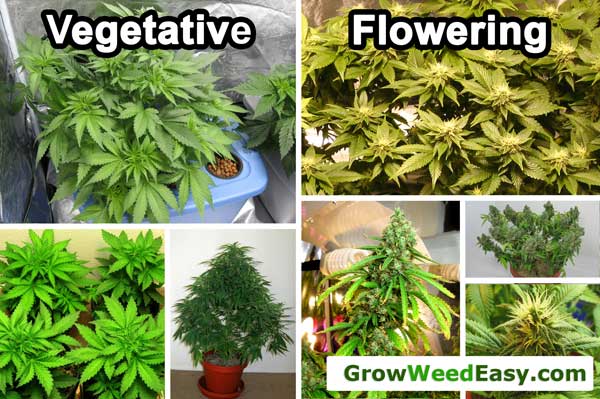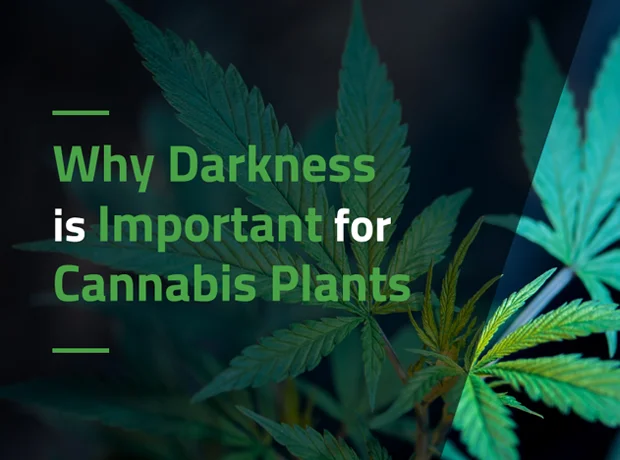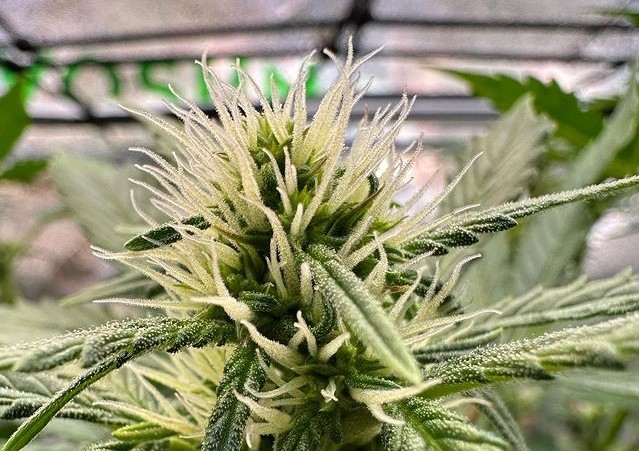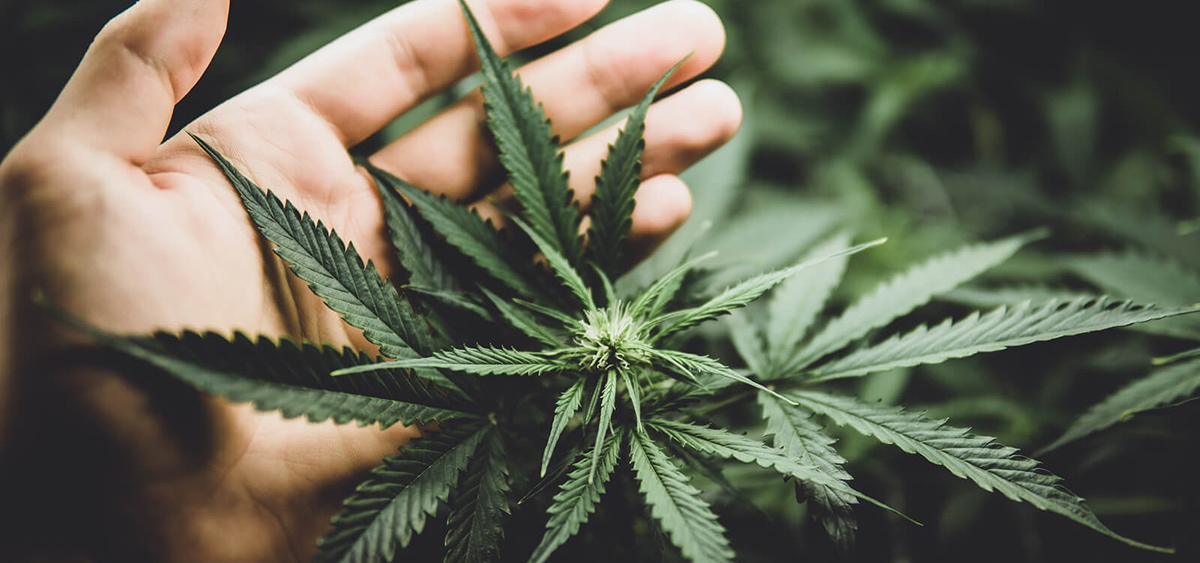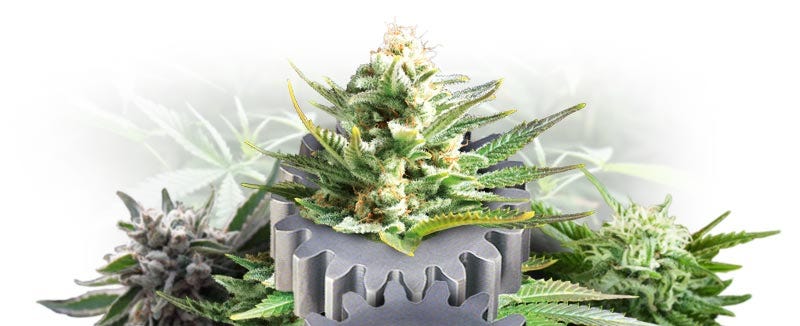Please stop. Please!
This is plainly rubbish and if you spent 1/10th of your time typing on actual research then you would know it was rubbish.
I think you have stated that you do not grow and have zero experience on growing so why do you feel so qualified to make such statements?
What do I need to know about light cycles and flowering my marijuana plants? Plants keep getting bigger and bigger with long days, and start making buds when you give them long nights.

www.growweedeasy.com
this is super important for you to read:
Implementing the best light cycle for flowering cannabis plants is essential for ensuring you yield a maximum harvest.

www.americover.com
this too:
In most cases, tight dark period regimes are used for flowering in the generative phase of cannabis, usually it's of 12 hours. However, playing with dark periods offers opportunities to…

www.mmjdaily.com
Darkness is just as important as light for the health of your cannabis plants. Click here to learn all about why cannabis plants need darkness to grow.

www.royalqueenseeds.com
flowering stage will be a failure without hours of fully darkness. read and enjoy

What is the best light cycle for growing cannabis? The best light schedule for auto flowers? Do Cannabis plants need a dark cycle? Dr Photon answers it all!

www.cocoforcannabis.com
Cannabis plants can be grown under continuous 24/0 lighting. They do not require a dark phase to perform their basic functions of growth during the
vegetative stage. There are plants that only can absorb carbon dioxide at night and thus require a dark period to complete photosynthesis. However, Cannabis is a C3 plant, which means that it takes in carbon dioxide during the day and does not require a dark cycle to complete the photosynthesis cycle. That said, there is reason to believe that certain strains may benefit from a dark cycle. Furthermore, as we explain below, the benefits of 24/0 lighting are minor and may not be worth the additional costs for electricity.
Light Cycles for Auto-Flowering Plants
Auto-flowering plants are day-length neutral, which means that they do not depend on light or dark intervals for the induction of flowering. They are bred by crossing cannabis with a day neutral plant that has a fast flowering cycle, ruderalis. This means that longer light cycles can be used during flowering and therefore you can provide more total energy to the plant during the flowering cycle. Rather than reducing the lights to 12/12,
you can continue to provide 18/6 lighting to auto-flowering plants throughout their life-cycle. You can increase your yields, but of course you also increase your electricity use, so it will also increase the expense of the grow. As a result, it is not more efficient in terms of returns to electricity, but auto-flowering plants may allow you to harvest more within a certain time-frame, which may be more important to some growers.
Flowering is the final stage of a cannabis plant's growth before it is harvested and the most important stage of its life cycle. At this stage, the cannabis

vivosun.com
Light Period: Light is very important at every stage of the life cycle of a cannabis plant, and a photoperiod of 12 hours light/12 hours
dark is required during the flowering stage. Cannabis will only flower if there are more than 12 hours of continuous uninterrupted darkness and getting any light during the dark period may cause your plant to slow flowering and even revert to the vegetative stage or start producing hermaphroditic flowers.
The most important part of growing cannabis is getting a favorable yield that brings smiles and profit when it’s time to harvest. Growing cannabis, however,

www.ganjapreneur.com
To grow cannabis successfully indoor, you need to mimic the natural growth pattern. When you grow your cannabis outdoor, they start to develop buds (flowers) as the days gets shorter,
and they receive a minimum of 12 hours of complete darkness. To do this, just switch your light usage from 18 to 24 hours of good sunlight daily down to 12 hours of light and also of 12 hours of darkness for the cannabis life cycle.
Unlike photoperiods that need at least 12hrs of darkness to trigger flowering, autoflowers automatically enter the flowering cycle when they’re mature enough.

2fast4buds.com
2. DO AUTOFLOWERS NEED DARKNESS?
There are growers who believe autoflowering plants need a dark period and won’t be as healthy if they get a 24/0 light schedule. There’s no real evidence of that but there may be exceptions. Also have in mind that a 24/0 will lower humidity, increase temperature, and increase the light bill.
5. 18/6 LIGHT CYCLE
This is the most common cycle for autoflowers. You're providing enough light for your plants to develop and a few hours of dark for them to rest, encouraging healthy growth. This can be good in hot climates.
You can leave your lights at night and have them turn off during the 6 hottest hours of the day. By using this schedule you’ll be using around 25% less electricity, which adds up to be a good economy at the end of every harvest.
Autoflowers are an absolute joy to cultivate, especially for beginner cannabis growers. They mature fast, do not take up much space, and don’t need to be induced into flowering. Though they require very little prompting, it would not hurt to know the perfect lighting conditions they would...

www.mycannabis.com
As explained earlier, this would mean 24 hours of complete light with no dark period. Many growers claim this is good for autos when they’re in the
vegetative stage as they require more light. Also, if you live in colder climes, this is good as it helps keep your plant warm by raising the growing room temperature. However, this could give you quite a heavy bill by the end of cultivation.
Growing autos? Click here to learn all you need to know about the right light schedule for autoflowering cannabis strains.

www.royalqueenseeds.com
24HR LIGHT CYCLE
Some growers will even give their autos a full 24 hours of light, arguing that this helps maximise vegetative growth. Growers who stick to 18-hour light cycles, on the other hand, argue that this gives their plants a short “recovery” period that is essential for healthy growth.
